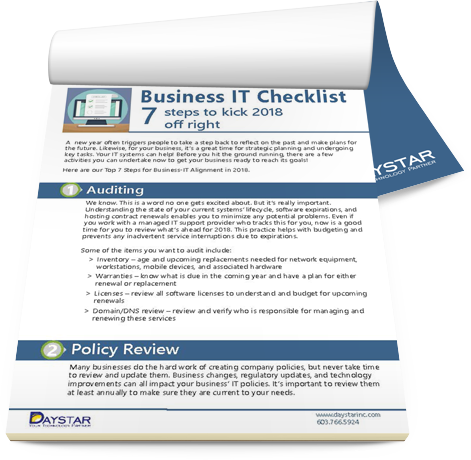Do you use a smartphone to do business? Do your users? Chances are, the  answer is yes, and you’re not alone. According to a 2012 AT&T Small Business Technology poll, 85% of small businesses reported using smartphones in their business operations.
answer is yes, and you’re not alone. According to a 2012 AT&T Small Business Technology poll, 85% of small businesses reported using smartphones in their business operations.
Smartphones are becoming increasingly integrated into the business network. As your customers demand faster and better service, and your competitors begin to take advantage of mobile computing, what was once a competitive advantage is now a necessity. Not only are businesses like yours using smartphones more often, they are also using them to do more than just basic communication and Web browsing. Small businesses are mobilizing more and more business applications and processes, specifically in the areas of time management, mobile payment, and customer relationship management (CRM). Take a stroll through downtown Portsmouth and you can find a number of merchants coupling devices like the Square card reader with their smartphones and tablets to ring in customer credit cards.
Small businesses are using mobile applications to save time, increase efficiency/productivity, and reduce costs. Furthermore, users themselves are more mobile-oriented and have come to prefer the efficiency of using mobile apps over their traditional counterparts. According to an eVoice study, 31% of small businesses with 20 or fewer employees report improved efficiency through the use of mobile apps, specifically saving an average of 5.6 hours per week!
But smartphone use in and of itself is not an automatic game changer. Improperly integrating mobile devices into your business network can potentially result in logistical errors and security risks. As your technology needs become more complex, the deployment of mobile devices for your business must be made strategically and thoughtfully. Whether you allow employees’ personal smartphones to connect to the corporate network, or you furnish users with company-sanctioned devices, connection and syncing procedures must be correctly configured, and acceptable use guidelines must be established.
The very nature of smartphones…small, convenient, and fast… somewhat encourage users to incorporate lax security procedures. Smartphone users often err on the side of convenience and speed at the expense of security—forgoing the use of device passwords, data encryption, or data backup. The variety of mobile devices and a lack of standardized security policies and tools present further security hurdles you must overcome.
But these risks should not and cannot deter you from embracing the benefits of smartphones and mobile devices. By incorporating a mobile device policy and educating your users, you can mitigate a good portion of those risks. Some considerations you should make include:
-
Educate users: Be sure that you inform your users about acceptable use of smartphones and mobile devices, specifically in relation to company data. Let them know what the security risks are and what the consequences may be if the policy isn’t followed. Furthermore, instruct your users on the basic configuration of their smartphone and how it is integrated into the corporate network. Users should be aware of what data is syncing, how information is backed up, and what security controls are in use.
-
Passwords: Set a device password and have it activate automatically after a period of no activity. Choose to “Erase Data” after a certain number of failed password attempts to protect against unauthorized access. Also, if the phone allows it, leave a message on the locked page with alternative contact information in the event a good Samaritan finds your misplaced phone.
-
Remote wipe: If your device allows it, install software enabling you to remotely wipe the phone of all data in the event that it is lost, stolen, or an employee leaves the company. Make sure employees understand that their personal devices may be wiped if used for business purposes.
-
Back up your contacts: If you do not sync with an Exchange server or centralized directory service, be sure to back up your contacts on a regular basis to ensure you do not lose any important connections.
Smartphones and mobile applications enable your users to save time and work more efficiently. Taking the proper precautions, establishing a mobile device policy, and ensuring proper integration is key to secure, successful deployment.
















